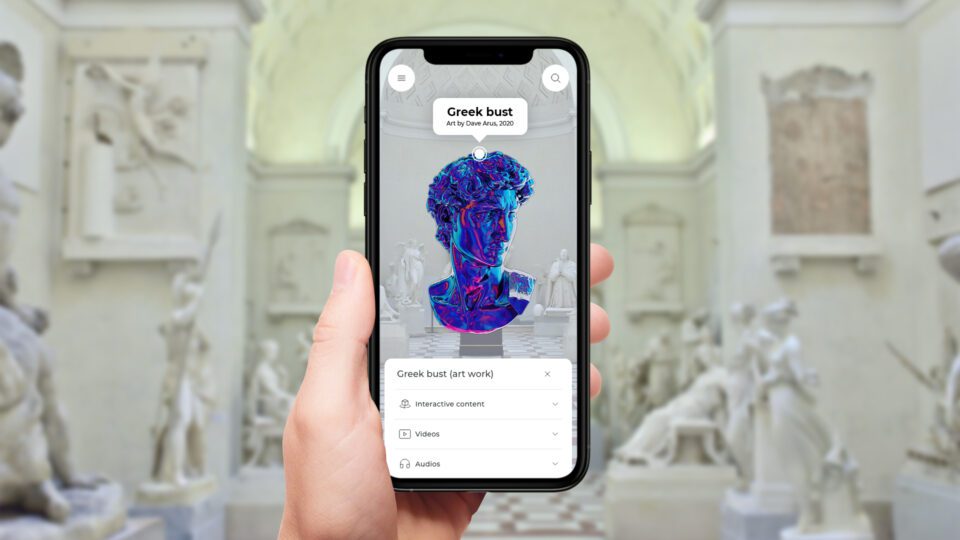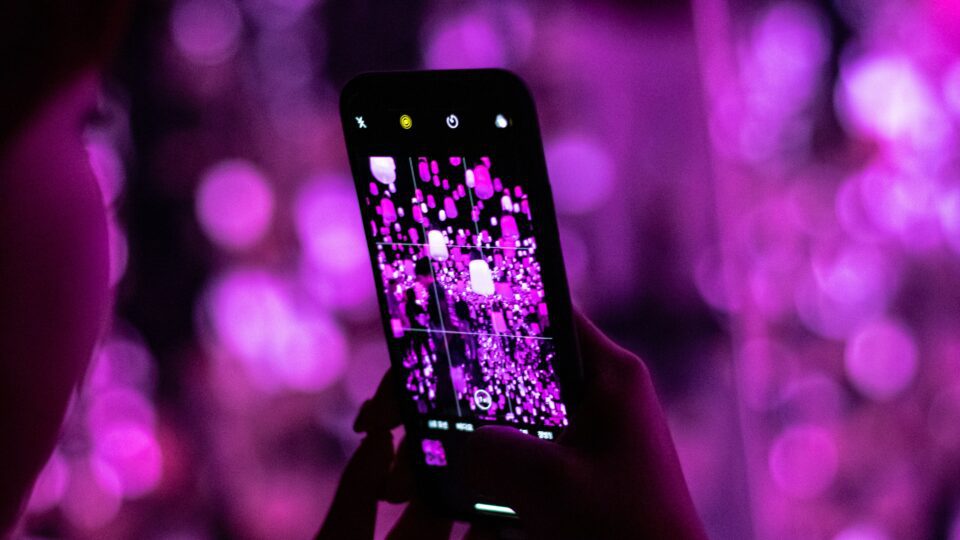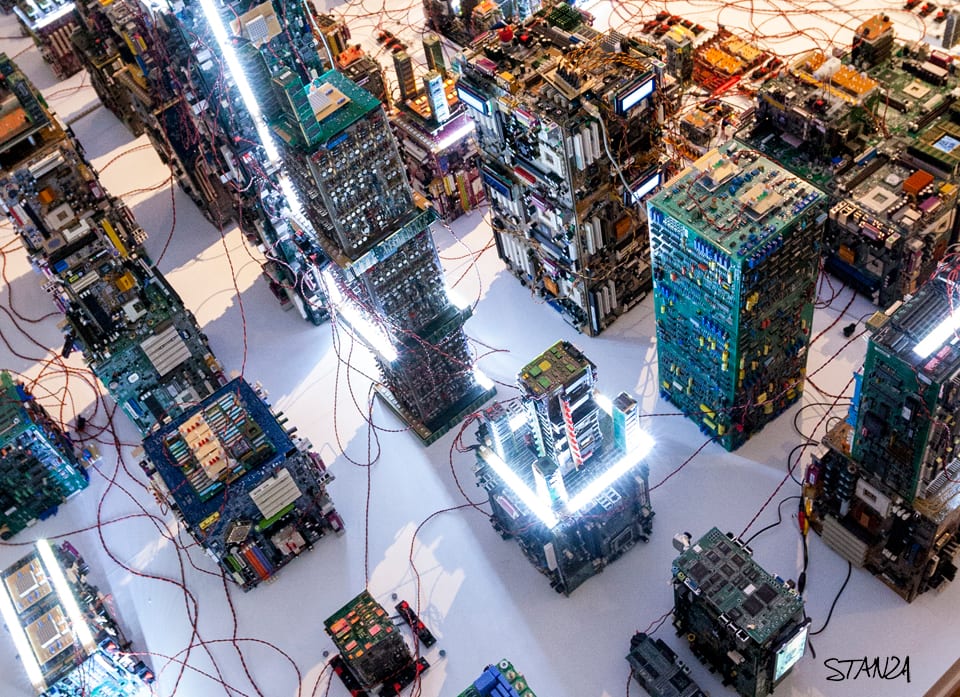Virtual events have increased in popularity by an estimated 35% since 2020. During the pandemic, online exhibitions and live streamed talks became the new normal in the art world, with audiences logging on from home. Now museums are back open, statistics show that engagement has dropped significantly. Between January and March 2022, for example, the UK’s Department for Digital, Culture, Media & Sport reported a total of 5.4 million visits to their museums and galleries: 52.5% lower compared to the same period in 2019. Given this increased appetite for digital, and the changing face of galleries as we emerge from lockdowns, how can physical museums bridge the gap?
Augmented reality (AR) technology offers many possibilities for enhancing visitor experience. It allows users to heighten their physical world by adding and overlaying digital images, graphics or sound. INDOAR, for example, has been developed by VIEWAR specifically with museums in mind. With a simple tap on a smartphone, INDOAR allows audiences to start an interactive tour on-site, call up more information or engage with interactive content in real time.

This experience can be further enhanced with INDOAR’s digital avatar: GuideBOT. As the name suggests, it guides visitors through exhibition rooms, providing information on individual works of art and answering questions. These kinds of interactive tours are emerging as a way to redefine museum-going in the digital age, delivering complex content in a variety of playful and engaging ways.
There are further benefits to AR. It can improve accessibility for a wide range of audiences: automatically identifying objects, walls and points of interest, telling the user when they are nearby and reading multi-language description texts aloud. This makes it easier for everyone, including visually impaired attendees, to experience the full breadth of what museums have to offer. In the same way, virtual reality acts as a gateway for those who cannot visit a museum or want to enjoy collections from home.

Memorable art world examples in recent years include those hosted by Acute Art: Christo and Jeanne-Claude’s The London Mastaba AR (Hyde Park, 2020), which allowed audiences to virtually summon a 20-metre-high floating sculpture via their smartphones, or WUNDERHAMMER (2020) by Olafur Eliasson, a collection of artworks and objects users could “add” to their personal space through an app. Elsewhere, Tomás Saraceno encouraged viewers to engage with AR spiders, whilst KAWS used the technology to heighten a physical exhibition at Serpentine North.
The goal of AR in the gallery space is, ultimately, to “make the invisible visible.” By 2024, it’s estimated that there will be 1.7 billion mobile AR users worldwide. As we move towards the metaverse, VIEWAR reminds us that “museums are important to the future as the future is to museums.”
Find out more about INDOAR by VIEWAR at museum.viewar.com
Image Credits:
1. Robby McCullough, via Unsplash.
2. Courtesy ViewAR.
3. Rodolfo Cuadros, via Unsplash.




